Reviewed by Jeffrey Sanzel
In the summer of 1969, a series of concerts was held in Harlem’s Mount Morris Park. A celebration of African American music and culture and an opportunity to promote black pride, the Harlem Cultural Festival (sometimes deemed the Black Woodstock) was held on Sundays at 3 p.m., from June 29 through August 24. Performers included Nina Simone, B.B King, Sly and the Family Stone, Chuck Jackson, The 5th Dimension, Gladys Knight & the Pips, Stevie Wonder, Mahalia Jackson, among many others. Over 300,000 people attended the free events.
Director/producer Hal Tulchin filmed the concerts, but they were never commercially released. As much as he tried, he could find no interest in the films of the concerts. Whether this was due to its focus on the African American community or that Woodstock had overshadowed it is hard to say; most likely, it was a combination of the two. Segments were broadcast on Saturday nights by WNEW-TV Metromedia Channel 5 (now WNYW). After that, the footage languished in a basement where it remained for five decades.
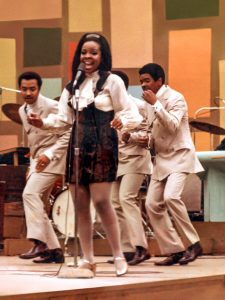
Ahmir “Questlove” Thompson makes his directorial debut with the documentary Summer of Soul (…Or, When the Revolution Could Not Be Televised). The multi-hyphenate Thompson—musician-composer-disc jockey-author-journalist-producer—is the drummer and joint frontman (with Black Thought) for the hip hop band The Roots. With Summer of Soul, he has created an exceptional cinematic experience that resurrects both the performances and the driving forces behind it. In addition to a treasure trove of first-rate artists, interviews with festival attendees offer insight into both the event and the world surrounding it. Some of the surviving performers share perspectives of their experience; Chris Rock, Shelia E., Rev. Al Sharpton, Lin-Manuel Miranda, and his father, Luis, are just some who offer brief and pointed contemporary commentary.
The first song shows nineteen-year-old Stevie Wonder moving from keyboards to drums in a jaw-dropping percussive display. His performance sets the tone for all that follows. There is a party atmosphere, a perpetual sense of anticipation, and the feel of a true communal gathering. The appreciation of culture is celebrated by a community that is unifying but also in the midst of great change and revolution. These elements are flawlessly blended.
Lounge singer Tony Lawrence hosted the Harlem Festival and served as producer, director, and promoter. His assistants speak of him with wry awe as a man who knew how to talk big and deliver. The film delves briefly into the overwhelming technical aspects of scheduling, contracting, equipment, and the myriad challenges the producer faced. The budget was such that the concerts needed to face west so that the sun could light the stage. Maxwell House underwrote the Festival, and liberal Republican Mayor Lindsay was in complete support and even appeared on stage.
With Viet Nam raging and general political disharmony, there was an underlying potential for violence that created a certain amount of anxiety. As a result, black Panther volunteers supplemented the limited police security presence. All of this serves as a background for the true joy: the celebration of identity through music. The performers range from the well-known to the more obscure.
There are many highlights: The iconic Mahalia Jackson is an overwhelming and unique powerhouse. Up-and-coming Gladys Knight and the Pips perform “I Heard It Through the Grapevine.” In an interview, Knight remembers being taken aback by the magnitude and energy of the crowd.
One of the more delightful moments is watching Billy Davis, Jr. and Marilyn McCoo watch the videos of themselves performing. It gives them a chance to revisit as well as reflect on their status at the time. They felt it would help “the black group with the white sound by appearing in Harlem.” Their blending of “Aquarius” and “Let the Sun Shine In” has become a classic.
The Edwin Hawkins Singers, part of the Pentecostal movement, felt that they spread the gospel to the people in song. Religious aspects of the Christian church were core to many performers, and this was “an eruption of spirit.”
The audience goes crazy for Sly and the Family Stone’s “Sing a Simple Song” and “Everyday People.”
There was jazz, blues, gospel, rock, and Motown. Music also reflected both African and Cuban influences, showing the Harlem melting pot.
There are musings on hair and clothing changes that established distinctiveness. Difficult questions dealing with racism and economic disparity from the heroin epidemic to black militancy are explored. A good portion of the ending highlights the connection to Africa. New York Times writer Charlayne Hunter-Gault states that it was in 1969 that “Negro” died and “Black” was born.
One of the most enlightening sections features attendees questioned about their feelings towards the moon landing. The majority skew negative, expressing the belief that the money could have been used to feed people on this planet. Whether this was the consensus or just the opinions shown is hard to parse.
The place of honor goes to the extraordinary, versatile Nina Simone. In 1969, she was at the height of her popularity and most present in her outspoken advocacy for Civil Rights. Three full numbers are in the penultimate placement. “Backlash Blues” is followed by the more pastoral “To Be Young Gifted and Black,” inspired by the off-Broadway play that was running at the time. She finishes with the confrontational “Are You Ready?”—the strongest and most direct call to action. The final song is Sly and the Family Stone’s “Higher,” unifying the crowd in genuine delight.
Questlove has done incredible work creating Summer of Soul. His vision for the film shows unerring instinct. There is a seamless integration of interviews, both past and present, juxtaposed with news footage, historical context, and stock video footage of Harlem of the era. He knows when to present a song in its entirety or show a clip, cutting in with complementary material. His structure is subtle, and he has matched the excitement with peripatetic energy that builds the overall narrative. He smartly circles back to the individual experience, highlighting what it meant personally to both the performers and spectators. One man, who was a child when he attended, says, “It took my life from black and white into color.” Summer of Soul is more than a concert film, and the crime has taken fifty years to reach the screen.
Summer of Soul could not be timelier in its offering of the work done in the Civil Rights era—and a powerful reminder of the work yet to be done. Director Questlove offers a rich film preserving exceptional musical artistry and advocacy through the prism of a sadly forgotten event.
Rated PG-13, the film is now playing in local theaters.

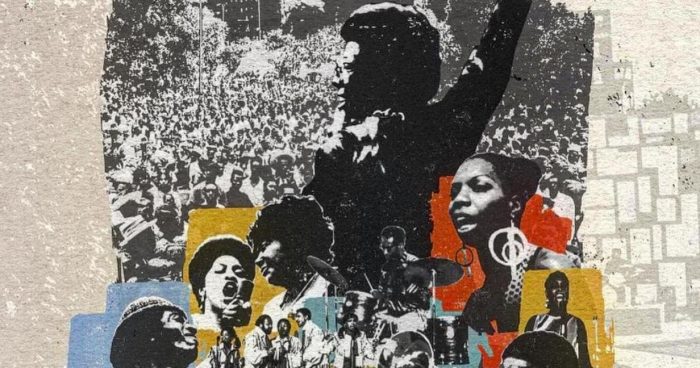
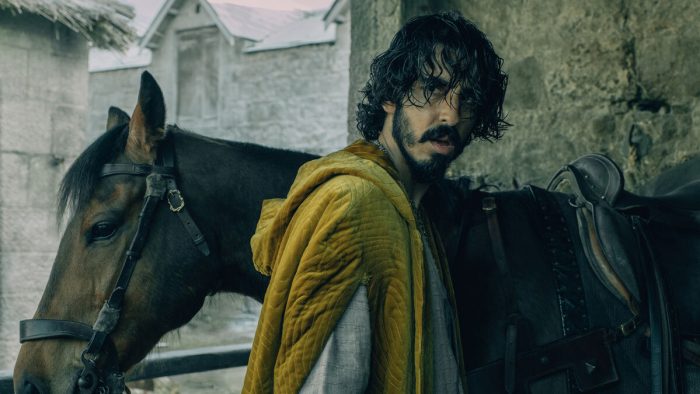
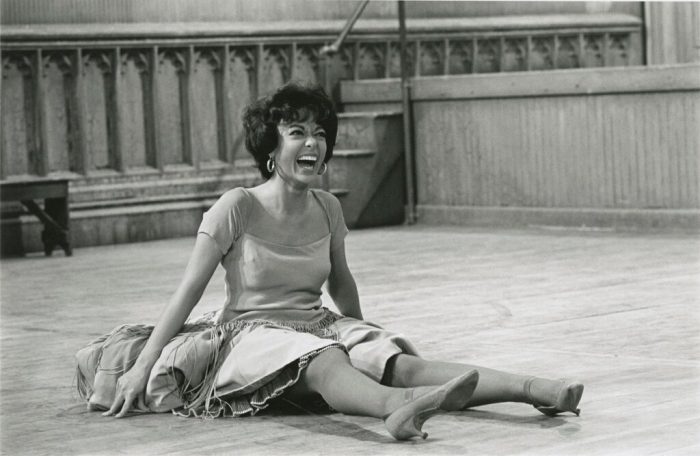









 The earliest part of the book focuses on the biblical connections. Superman is most closely associated with Moses and Samson, but Schwartz also explores Superman as a Jesus figure. While the early Superman reflects an Old Testament figure, in film, television, and later incarnations, the Christ symbolism became strongest.
The earliest part of the book focuses on the biblical connections. Superman is most closely associated with Moses and Samson, but Schwartz also explores Superman as a Jesus figure. While the early Superman reflects an Old Testament figure, in film, television, and later incarnations, the Christ symbolism became strongest.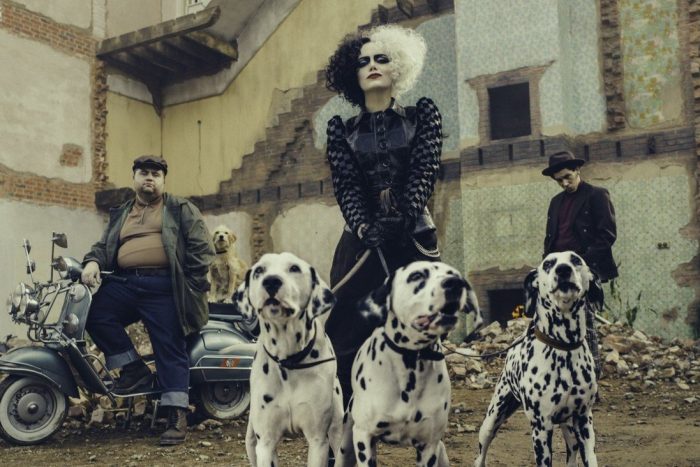

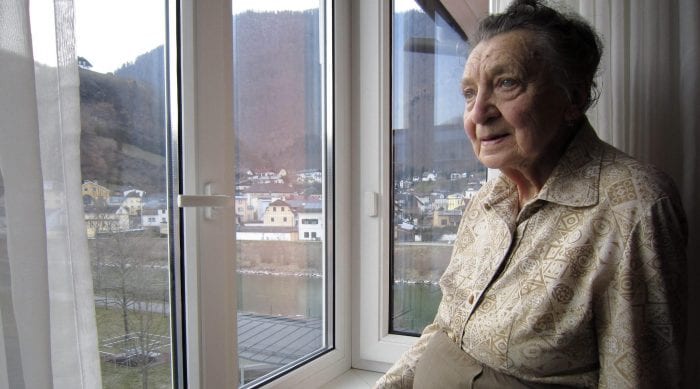


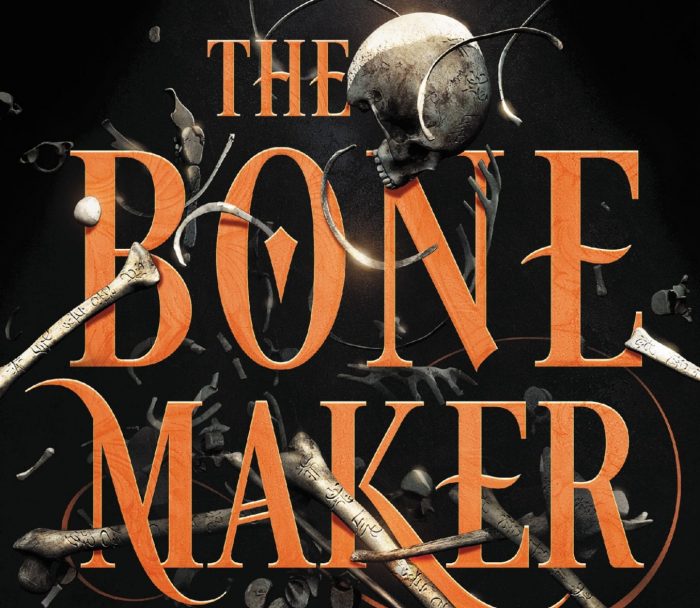

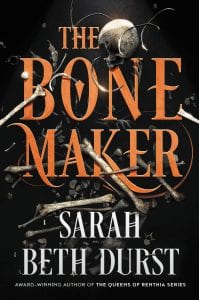 Kreya and Zera venture to the site, returning with the bones and a suspicion that Eklor either never died or has been brought back. Kreya fully restores Jentt to life. Then, along with Zera, gather the two remaining members of their troupe: Marso, the bone reader, whose skill “far exceeded the skills of other bone readers,” and Stran, “a warrior with the experience in using bone talismans to enhance his already prodigious strength.” However, Marso, plagued by doubt and perhaps a touch of madness, sleeps naked on the streets of the least savory of Vos’s cities. Stran has entered a life of contented domesticity, living happily with his wife and three children on a farm. Kreya must reunite this disparate group to bring order once again.
Kreya and Zera venture to the site, returning with the bones and a suspicion that Eklor either never died or has been brought back. Kreya fully restores Jentt to life. Then, along with Zera, gather the two remaining members of their troupe: Marso, the bone reader, whose skill “far exceeded the skills of other bone readers,” and Stran, “a warrior with the experience in using bone talismans to enhance his already prodigious strength.” However, Marso, plagued by doubt and perhaps a touch of madness, sleeps naked on the streets of the least savory of Vos’s cities. Stran has entered a life of contented domesticity, living happily with his wife and three children on a farm. Kreya must reunite this disparate group to bring order once again.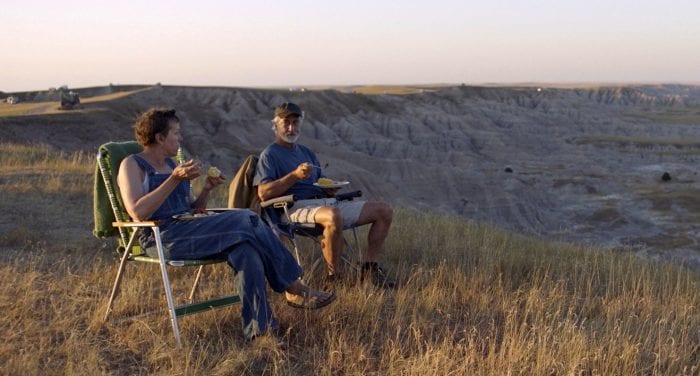
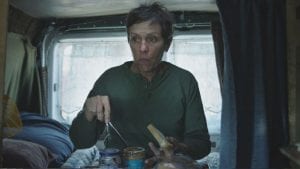 Fern (a brilliantly understated Frances McDormand) is a widow who, in 2011, lost her job at the US Gypsum plant in Empire, Nevada, when the factory shut down. The factory’s closing resulted in Empire becoming a ghost town. Fern has sold most of her belongings and lives in a van that she has retrofitted herself. She travels the country looking for work. The film opens with her at the Amazon fulfillment center, working a seasonal job.
Fern (a brilliantly understated Frances McDormand) is a widow who, in 2011, lost her job at the US Gypsum plant in Empire, Nevada, when the factory shut down. The factory’s closing resulted in Empire becoming a ghost town. Fern has sold most of her belongings and lives in a van that she has retrofitted herself. She travels the country looking for work. The film opens with her at the Amazon fulfillment center, working a seasonal job.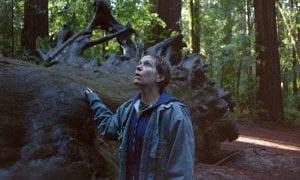 There are glimpses into Fern’s earlier life, most notably a trip later in the film to borrow money from her sister, but, for the most part, the film focuses on the ever-present, day-to-day existence. This is a challenging undertaking for a filmmaker, but Zhao’s deliberate pacing and laser focus create both a pastoral arc and one of great tension. Fern drives, makes dinner on a hotplate, sleeps, then drives some more. She takes a job; she works; she leaves. She drives, humming to herself. She walks in nature, taking in its vastness but also completely at peace. And then she drives.
There are glimpses into Fern’s earlier life, most notably a trip later in the film to borrow money from her sister, but, for the most part, the film focuses on the ever-present, day-to-day existence. This is a challenging undertaking for a filmmaker, but Zhao’s deliberate pacing and laser focus create both a pastoral arc and one of great tension. Fern drives, makes dinner on a hotplate, sleeps, then drives some more. She takes a job; she works; she leaves. She drives, humming to herself. She walks in nature, taking in its vastness but also completely at peace. And then she drives. Eventually, Nomadland shows these travelers do not dwell in emptiness, but instead in lives of peace, away from the trappings and limitations of self-imposed restrictions. Fern meets Dave (kind and open as played by David Strathairn) at the gathering and then again later. There are the slightest of romantic sparks. Eventually, Dave settles at his son’s house, where Fern visits him. He asks her to stay, but she realizes that it is not the life she wants. Fern reveals she has found herself in this wandering existence. The revelation is presented in the simplest of ways, but it is epiphanous in its weight and import.
Eventually, Nomadland shows these travelers do not dwell in emptiness, but instead in lives of peace, away from the trappings and limitations of self-imposed restrictions. Fern meets Dave (kind and open as played by David Strathairn) at the gathering and then again later. There are the slightest of romantic sparks. Eventually, Dave settles at his son’s house, where Fern visits him. He asks her to stay, but she realizes that it is not the life she wants. Fern reveals she has found herself in this wandering existence. The revelation is presented in the simplest of ways, but it is epiphanous in its weight and import.


